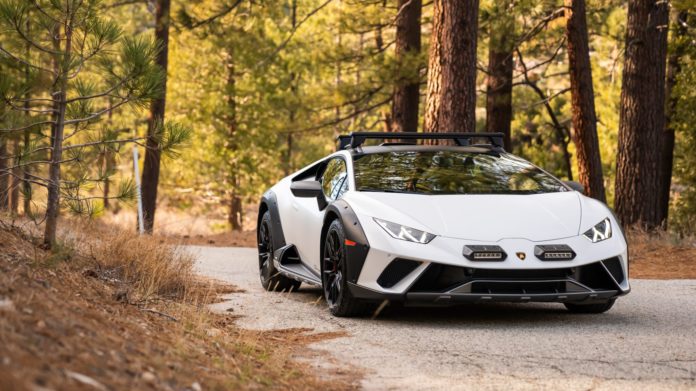Around a decade ago, the concept of the daily drivable supercar began to take shape in the press releases of major carmakers. In 2013, McLaren boasted about the 12C being “rewarding and comfortable to drive at low and high speed, on the daily commute and on the track.” A statement that by itself doesn’t stand out until you realize it’s describing a 616-horsepower, carbon-tubbed two-door that sits at best three inches off the ground.
While this duality is perhaps the greatest example of how far suspension technology has come in the last decade, is anyone actually commuting regularly in a six-figure exotic? While I’m sure we could all point to examples of hardened individuals doing just that, it certainly isn’t the norm. If supercars have become so comfortable, so usable, and as even Lamborghini stated in the Huracan’s 2013 release, so “easy to drive,” why are these supercar commuters so elusive?
The unglamorous answer is depreciation. A supercar’s value and the miles it covers are intrinsically linked. You may want to log 12,000 miles a year in your mid-engined dream machine, but chances are if it’s not part of a limited series or an ultra-rare one-off, daily use, even if just for a year, could result in up to a six-figure loss in value. Just ask the owners of that aforementioned 12C. Ouch.
The slightly more nuanced answer is that while modern supercars have successfully chased ever-growing performance targets without their on-road compliance becoming a complete afterthought, I’d hardly call any of them comfortable. And should you forget to activate your front axle lift system while pulling in just about anywhere, the painful crunching sound of a driveway sanding off your front splitter is all but unavoidable. We’ve come a long way, but the limitations that keep supercars chained to special occasion drives remain.
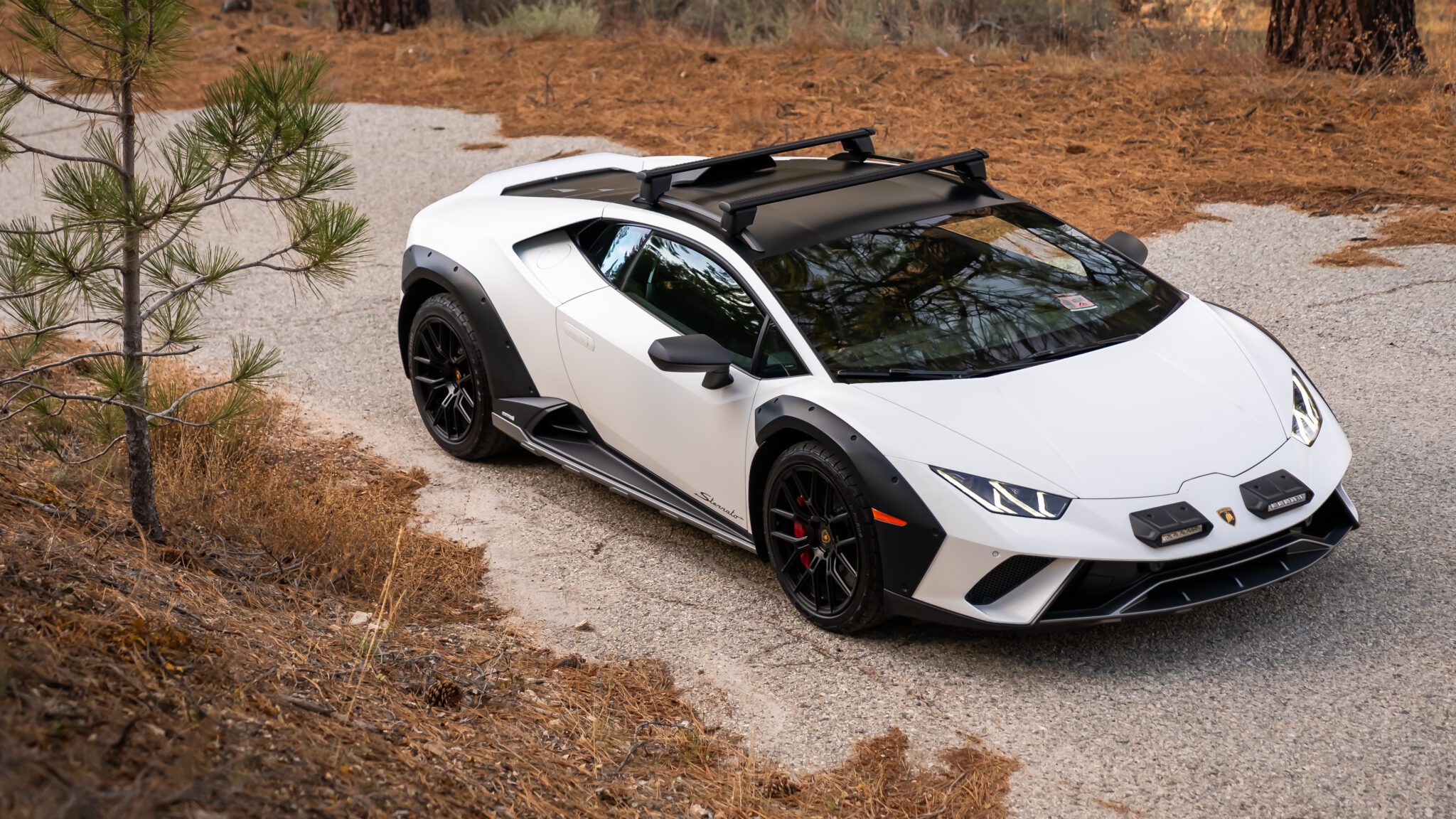
Yet it’s these very limitations that make the Lamborghini Huracan Sterrato such an exciting entrant into the space. It just ignores them.
For starters, it’s limited to just 1,499 units globally. As such, what will most likely be the only V10-powered all-terrain supercar should retain its value quite well, regardless of what its odometer reads. And thanks to its nearly two inches of extra ground clearance over a Huracan EVO, it’s unphased by most speed bumps, potholes, and, crucially, driveways.
However, despite its positioning as Lamborghini’s first go-anywhere supercar, if you ignore the LM002, I never felt the urge to leave the safe confines of the road. Firstly, because I signed an agreement explicitly promising I wouldn’t, but more importantly, because while the Sterrato may be ready to leave the asphalt behind, it doesn’t have to for it to show you just how special it is.
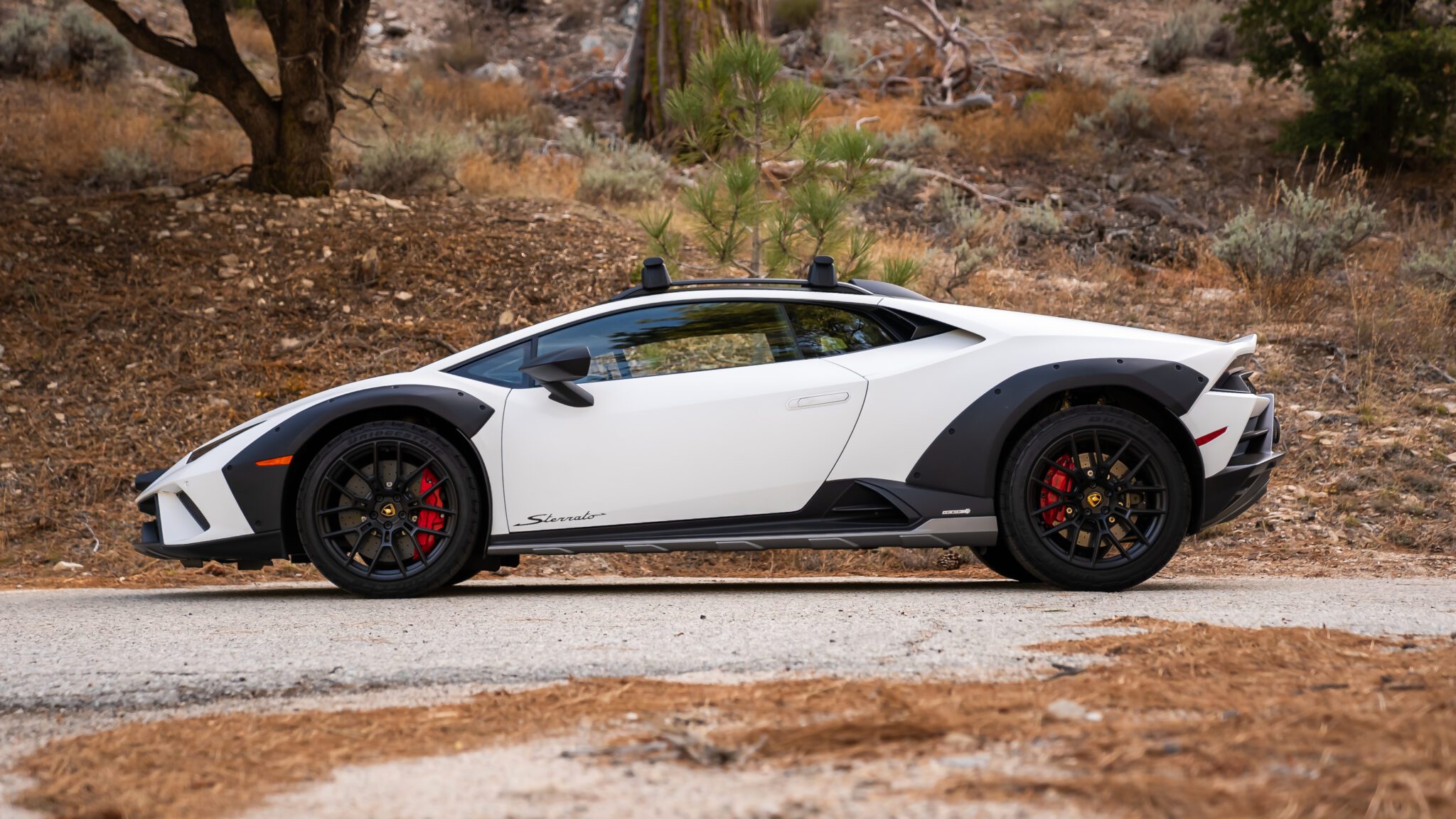
As different as the Sterrato may look at first glance with its roof racks and chunky over-fenders, its recipe for all-terrain success is simple. Its ground clearance may grow by 1.7 inches, but its suspension setup remains similar to what you’d find on an EVO or Tecnica, combining steel springs and electromagnetically controlled hydraulic dampers. And while its front and rear tracks grow by 1.2 and 1.3 inches, respectively, it still comes standard with carbon ceramic brakes.
Where things differ most is in its wheel and tire package. The Sterrato is the only Hurracan available with 19-inch wheels, of which Lamborghini offers two styles and a bespoke set of Bridgestone Dueler rubber. Measuring 235/40 up front and 285/40 in the rear, these tires may appear somewhat chunky, alluding to the Sterrato’s all-terrain intentions, but as you’ll find out shortly, they manage to generate impressive levels of grip in the bends.
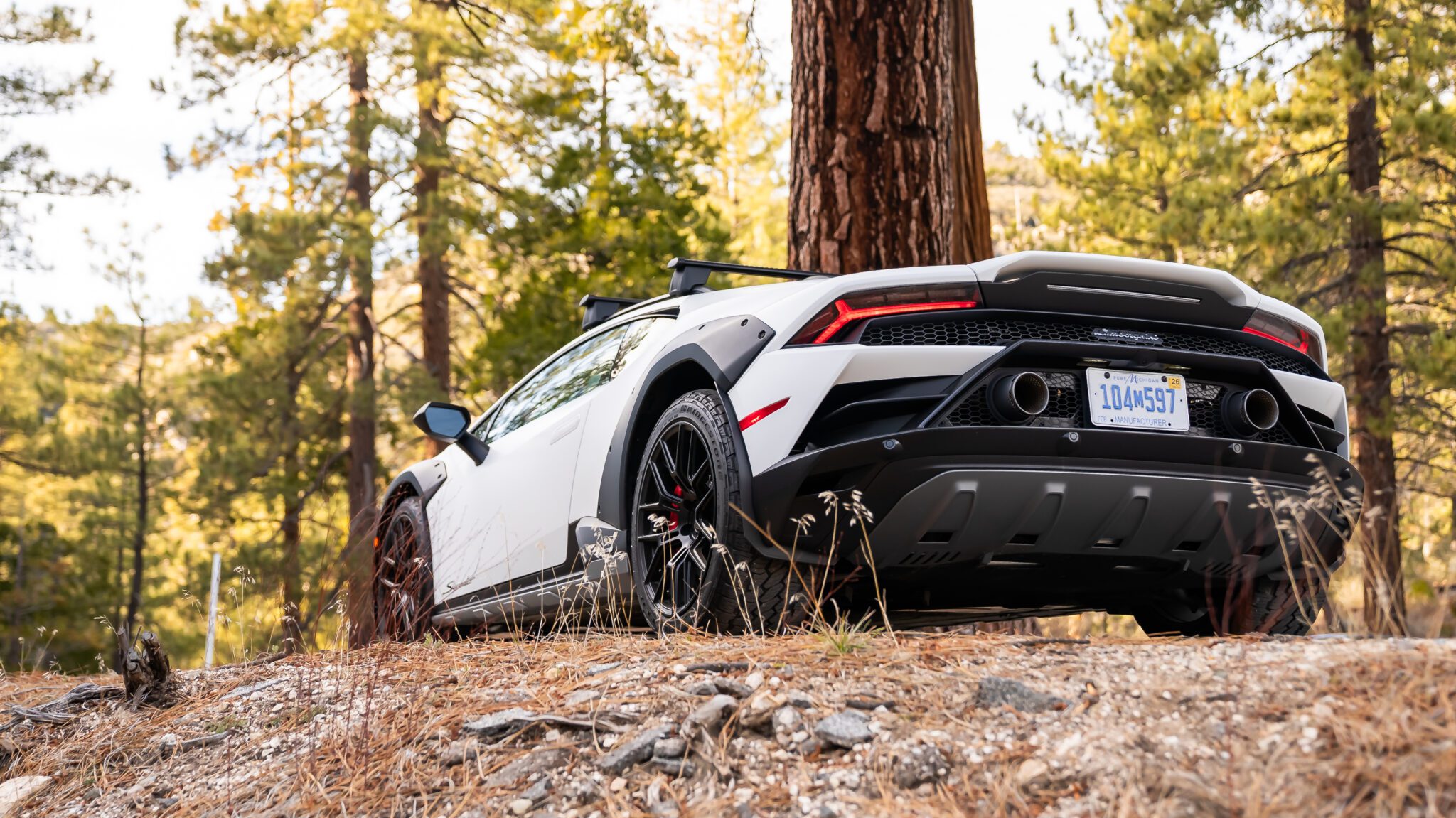
An aluminum front skid plate, lower side sills, and rear diffuser help protect its undersides. Up top, optional extras, such as bumper-mounded LEDs and roof racks, add to its distinct aesthetic and overall usability. Roof tent, anyone? A small roof-mounted air intake rounds out the list of exterior changes designed to feed the Sterrato’s naturally aspirated V10 clean air in dusty situations.
Inside, the Sterrato gets unique dashboard graphics for its recalibrated Strada and Sport modes, and the introduction of a new Rally setting for low grip runs on dirt. And should you find yourself in a sticky situation while off the beaten path in your off-road Lambo, there’s a new digital inclinometer with pitch and roll readings to help.
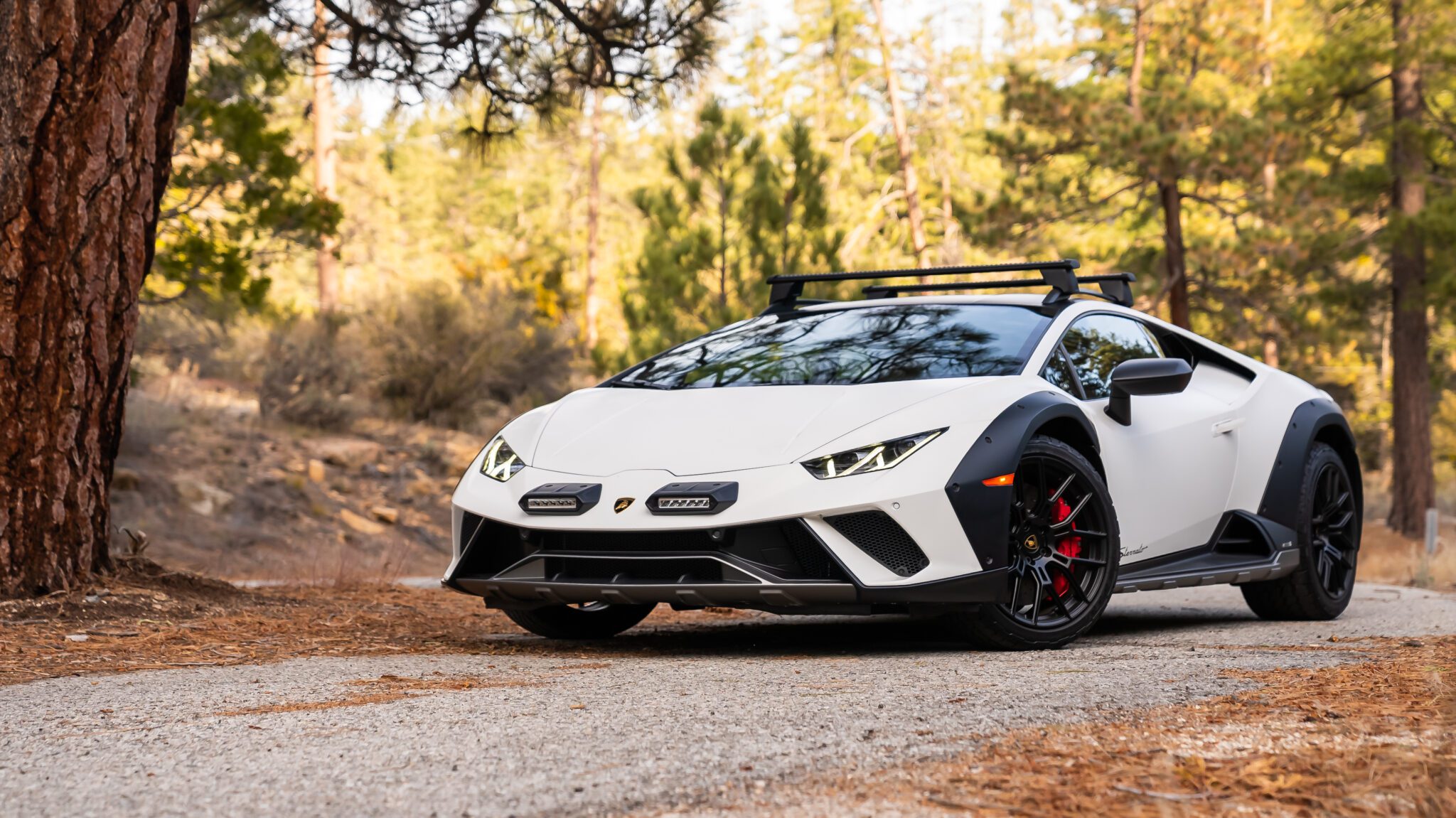
Setting off in the Sterrato for the first time, everything looks, feels, and sounds like it would in any other Huracan. My hands grip an Alcantara-covered wheel adorned with contrasting red stitching to match the rest of the cabin. I sit in firm but supportive carbon-fiber sports seats, and the unmistakable roar from Lamborghini’s famed 5.2-liter V10 alerts everyone in the neighborhood of my departure. So far, so good.
The first few miles feel as expected, too. The Sterrato’s seven-speed dual-clutch automatic works through gears effortlessly, and the visibility out of its raked windshield remains abysmal, except it’s worse because the roof scoop blocks all rearward visibility. And like a Tecnica or STO, spinning up its V10 past 4,000 rpm eliminates all hope of hearing anything from its speakers. It’s only once I get on the highway that it all clicks.
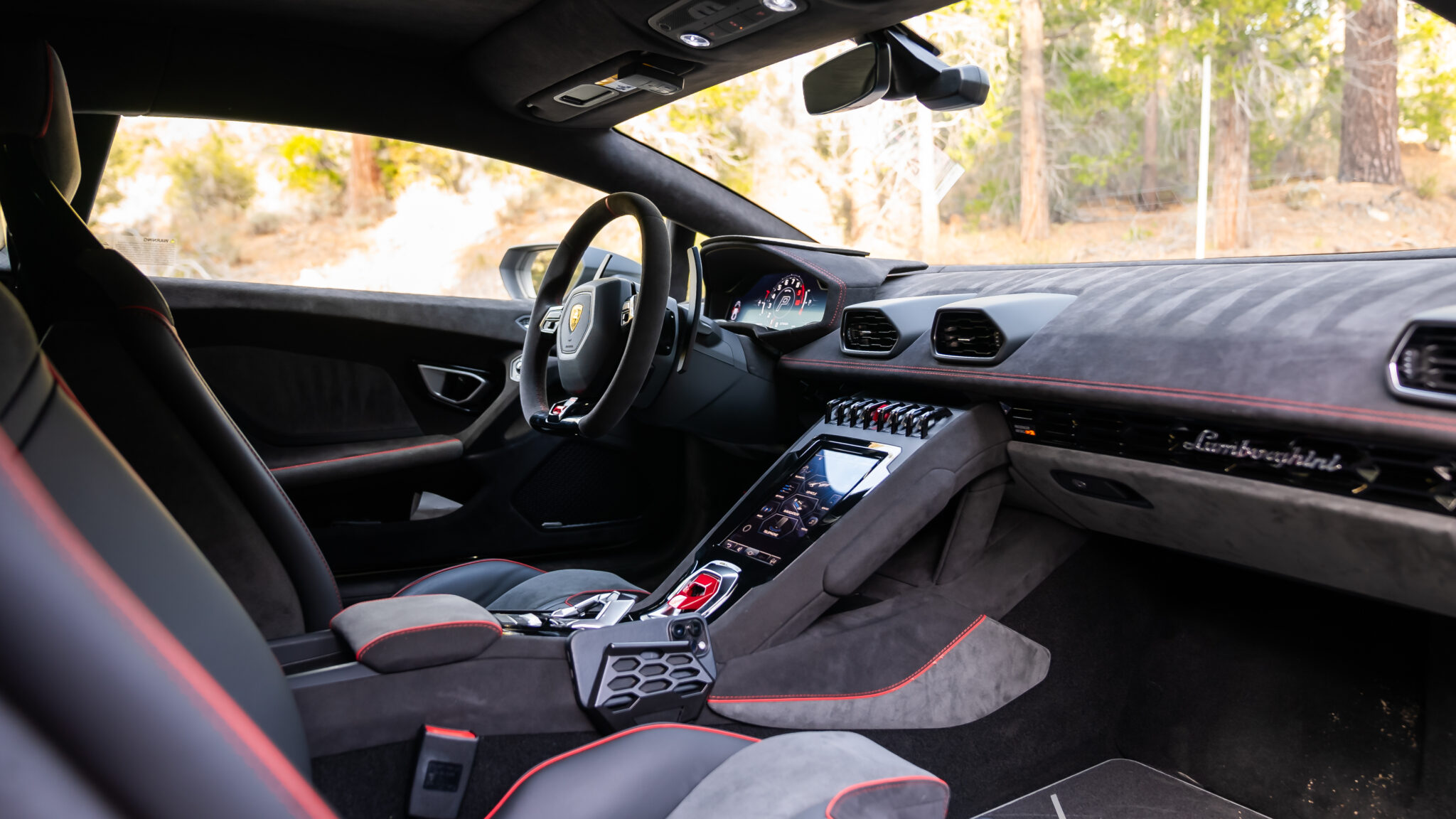
Despite its “lift,” the Sterrato is still a firm machine. As such, its suspension doesn’t compress enough to absorb minor road imperfections. The big stuff, however, that’s there his Huracan is in a league of its own. Speed bumps, highway potholes, uneven road surfaces, the Sterrato just doesn’t care. And while you’ll feel its body move, the inevitable crashing sound as its suspension fully compresses and you reach its bump stops just never comes. It’s strange at first, but you quickly learn to trust it.
The same goes as you approach all but the steepest of driveways. The Sterrato may not offer a front axle lift system; you don’t need it. And I’m not just talking about slowing almost to a halt, pulling up at an angle, and slowly creeping in. That’s for everyone else. Sterrato owners dive in at full speed like they would in anything else. Again, that painful scrapping sound as you tear your front splitter to pieces never comes.
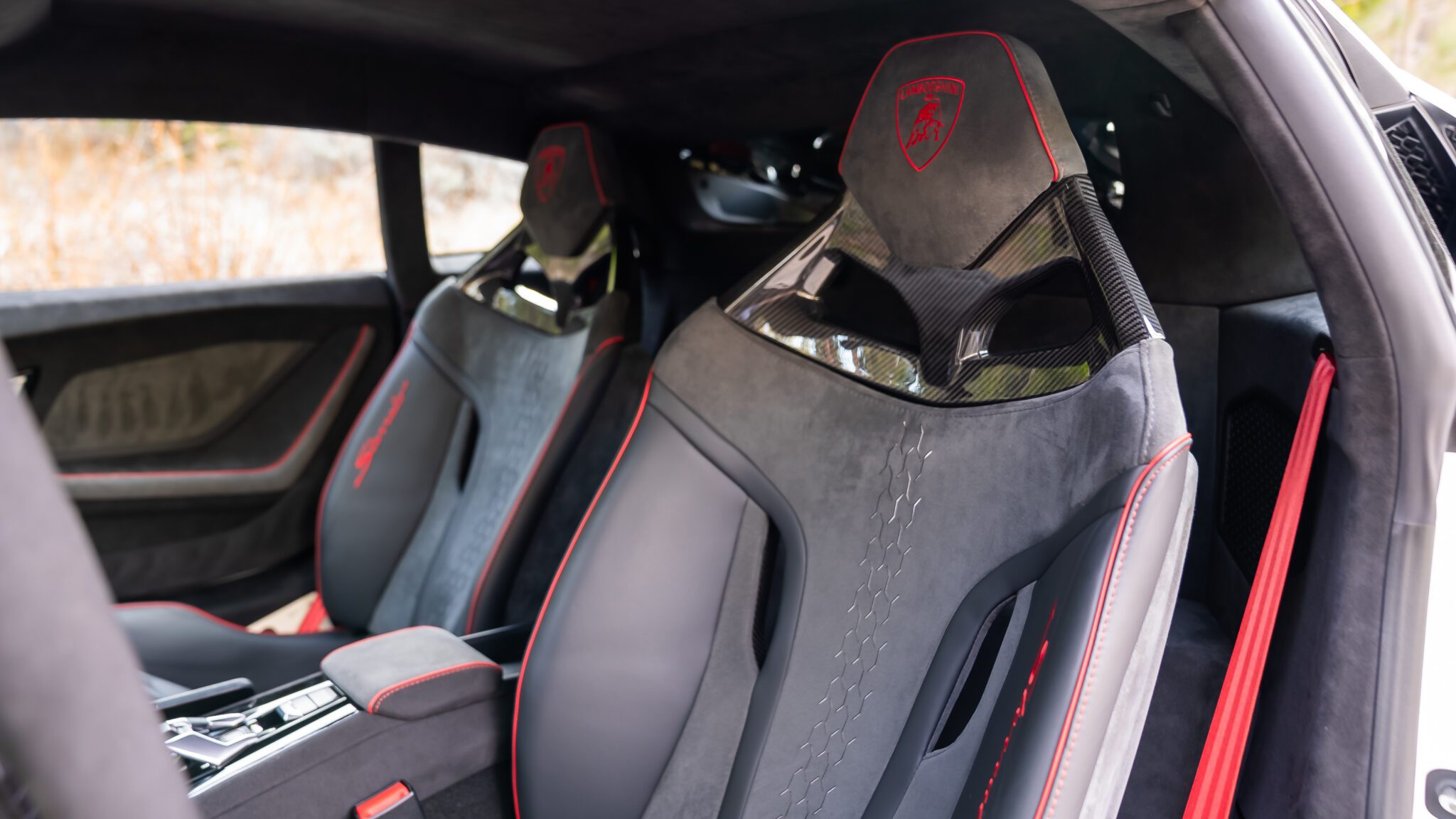
Yet as you point the Sterrato’s nose at some twisty roads, it comes over all supercar again. Its relative firmness means that while it leans more in the bends than a Tecnica, it’s never unsettled. Think of its movements like what you’d get out of a BMW M5 Competition or Audi RS6, which is to say, just enough for you to notice but not care about. And despite how knobby its tires are compared to a standard Lambo’s Pirelli P Zero rubber, its bespoke set of Bridgestone Duelers hold on surprisingly well. It takes a big push to get them to unstick.
Still, the Sterrato’s V10 generates 602 horsepower and 413 pound-feet of torque, which is to say that with a big enough stab of the gas pedal and Sport or Rally mode engaged, not even its all-wheel drive system can stop you from breaking them loose. However, where a Tecnica’s rear end can snap, the Sterrato’s Bridgestones let go more progressively, and crucially at lower speeds. As such, it never loses its balance, making it more driver-friendly, and, thanks to this, Lambo’s quick steering is easy to catch and control.
Keep the rear in check, and the Sterrato’s front end rewards you with plenty of grip. In all but the tightest corners, I can’t confidently say I’m moving any slower in the lifted Huracan than in an EVO or Tecnica. Plus, because its engine is just as powerful, and its dual transmission is just as quick, it certainly feels no slower in the straights. Despite its knobby tires, the Sterrato will still hit 62 mph in 3.4 seconds and 124 mph in 9.8 before topping out at 162 mph.
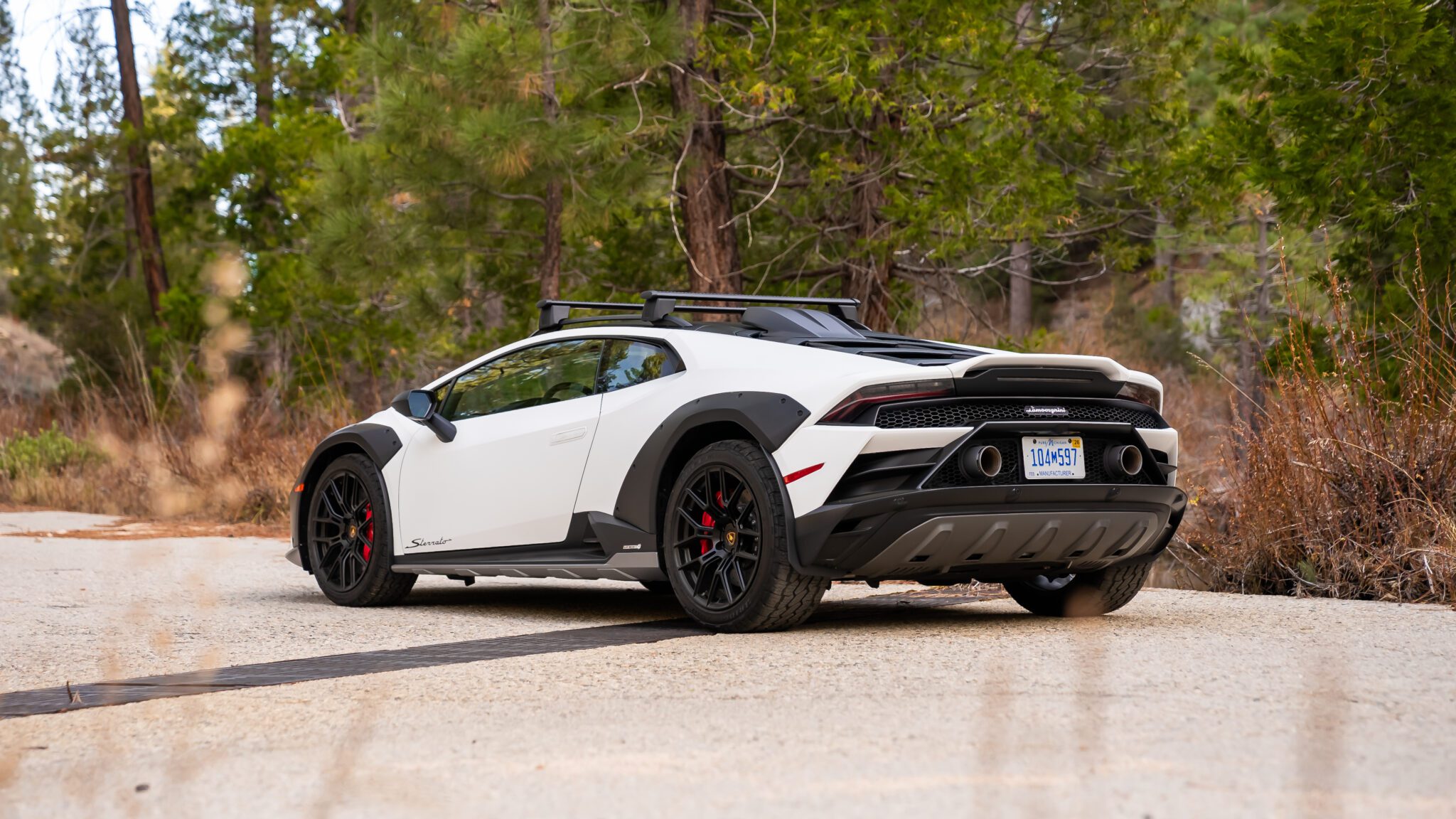
But as fun as the Sterrato may be to toss around on a twisty road thanks to its more approachable limits, that’s not what makes it unique. Instead, it’s when you make it home, realize you forgot you had to stop by the grocery store, and instead of switching to a more practical car, you hop back into those carbon buckets, fire up that V10, and set right off that the Sterrato’s appeal fully materializes.
Because the Sterrato is so uniquely prepared to tackle the awful infrastructure often found in major US cities, there’s never a reason not to drive it. And except for the full squat you must perform to get in it, its terrible visibility, and its carry-on sized front storage compartment, this 602-hp Lamborghini is happy to oblige. And more importantly, it makes you want to step out, even when you don’t have to.
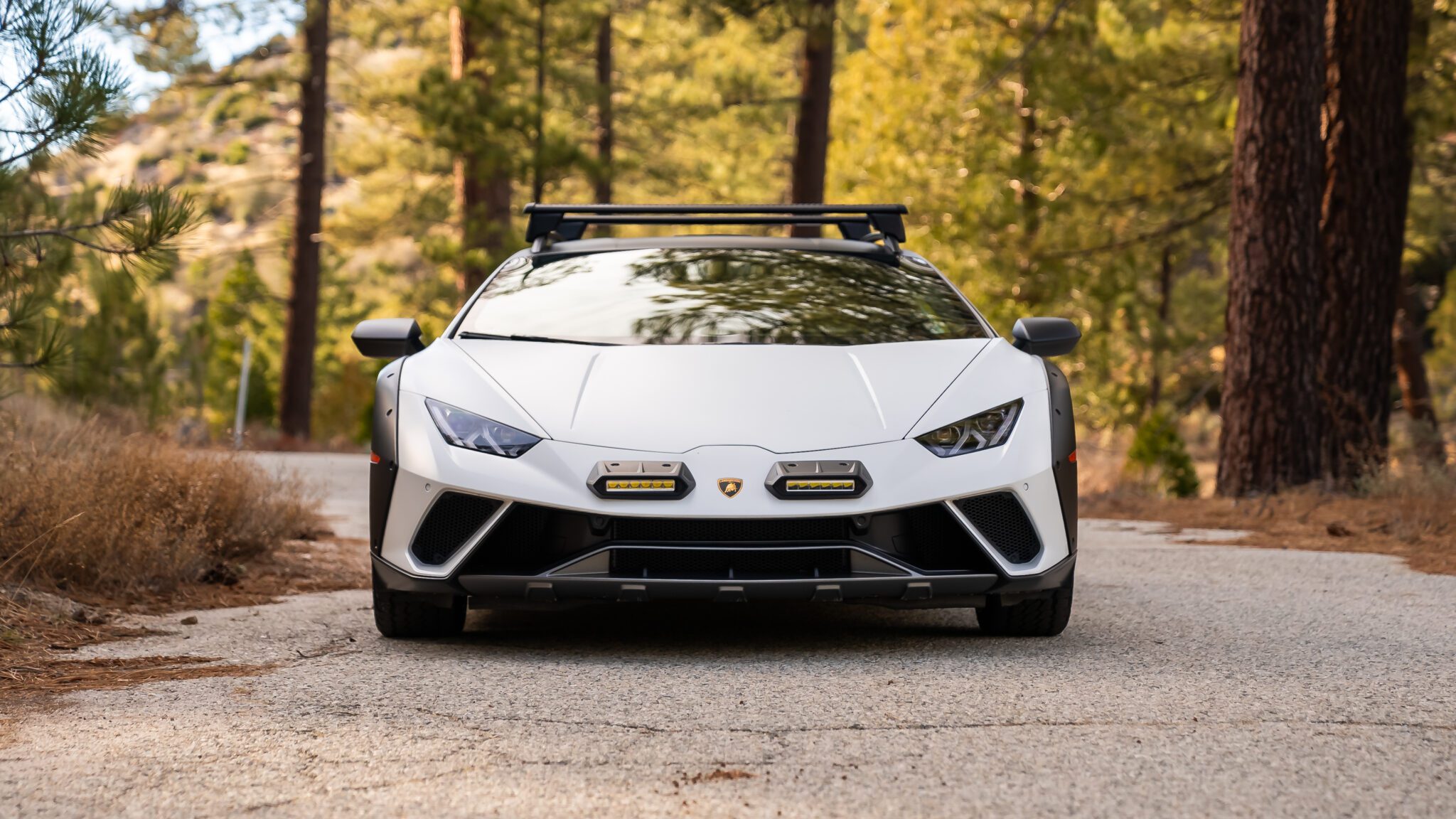
There are tons of supercars that are quicker in a straight line, tons that generate far more grip in the bends, and, given the Sterrato’s limited run of 1,499 units, tons that aren’t sold out. But are there tons of supercars more enjoyable than Lambo’s $273,177 ($373,216 as-tested) off-roader? I’m not so sure.
While Lamborghini set out to build an all-terrain supercar for what can only be described as “for fun.” It simultaneously filled the daily drivable niche the raging bull and its closest competitors have circled for years.
The Sterrato is the perfect example of what’s possible when a carmaker takes a great platform and says, “What if?” My only hope is that the Sterrato is far from the last all-terrain supercar we see. And given how good it is and how quickly buyers scooped them up, I’d be surprised if it was.

